Big Kents, gigantic Keitts, rain delays and a lack of 10’s pressure us all
And, of course, it’s not like COVID-19 is no longer an issue…
It would be a gigantic understatement to say this season has been an odd one. While I have said this for consecutive seasons, I really do mean it about this one! Oddly enough, the weather has been fairly cooperative, and crops from the south to the north have been yielding decent amounts of high quality and exceptionally tasty fruit, on time and without much resistance. We have had little opportunity to taut the highlights of the season and stop and recognize the extradentary flavors we are receiving on all mango varietals. The season is bizarre and so currently is the world before us.
Most of this season’s weirdness and the lack of mango chatter in general from us and others can be attributed to COVID-19, which has made it complicated to pair demand with supply and gauge consumer movement, which is pivotal to maneuvering through the “peaks and valleys” of a mango season. There is less opportunity to connect with consumer excitement about mangoes in general yet the excitement continues to be high despite all the COVID challenges. We’ve all done our best working from home and with chaos all around us. I am happy to report the season is just about over and it appears we are going to get through it.
Warped Plans
There was a lot we had planned to do that we were not able to do this season – and some things we hadn’t planned to do but did. Our annual Crespo Organic Summer Mango Mania campaign was barely visible outside of social media and in excellent ad pricing to our customers. We didn’t see ad pricing trickle down everywhere; it did with some retailers but not all. Consumers remained enthusiastic about mangoes nonetheless and bought them without much enticing.
Everything was and is still so complicated at the retail level. We mainly pushed sales wherever we could. We never really saw the usual gigantic or extra store displays during Mango Mania time, which help us boost our sales and coincide with our biggest peak in Nayarit & Sinaloa production. Despite those obstacles and challenges, organic mango sales have been at a record high, and somehow the mangoes got to where they needed to go.
COVID Success Story
We did a few notable things this season. We pushed out a new box, The Crespo Big Box, as well as retail packaged mangoes, Mango Retail Bags. These helped answer to many of our customers’ new need for packaged products of any kind. The initial launch went well, and we anticipate the retail bags growing in popularity in future seasons.
Failure to Launch
We did not roll out the new Crespo Organic mango product line of dried mangoes and sauces. There were too many logistic obstacles and most retailers were holding off a bit on new products. Our own bandwidth maxed out, too. We decided early on this season that we would wait until next season to begin launching any new organic mango products.
Pride of the Season, Pride of Mexico
Probably most successful (so far) this season was the continued momentum that we, alongside our customers, are building among consumers with the Organic Ataulfo mango varietal. Sales exceeded expectations all season long, as loyal consumers and new Ataulfo eaters purchased and re-purchased. Our Crespo growing and processing team has learned a lot, including how to extend the season, improve quality post hot water bath, and improve quality through the long and often cold logistics of getting the mangoes to our customers. The Ataulfo season officially ended this week, and we all already miss it. Consumers should be able to reap the rewards for another 10 days, and then they too will have to wait until February when the Mexican Ataulfo commences again.
Here is why we don’t call it HONEY.
No One Got to Come Inside
You will hear me say often, “that video or photo is outdated.” This season I wanted to stop saying that, but I couldn’t head down to the packhouse this year to gather new photos and footage. We could not show you EDJ I in its completeness after the three-year revamp. We had hoped to bring several customers down this season, too, and all that got put on hold. “Next year,” they say, “next year.”
Read more about the revamp Under The Mango Tree.
Where We Are Now
Currently we find ourselves in the very end of the Sinaloa season. Tommy Atkins mangoes are finished for the season. We are in the end of the Kent season, waiting for the Keitts to start. Keitts starting signal the season’s end.
This is the time of year when volumes drop off a bit. Sizing of 9-10 counts dwindle as Kents and Keitts are big size producers with more 6, 7 and 8cnts than 9 and 10cnts. 12cnts from here on out are incredibly rare. Pressure from markets builds as prices begin to rise slightly. With the size increases, it’s enough to change buying patterns and slow things way down organically.
Sinaloa Rains & Rain Delays
This week we experienced the first of what are normal delays in picking and packing. This time of year, the rains begin. When it rains, we can’t pick mangoes, and, when we can’t pick, we can’t pack and ship. This past weekend, the rains coincided with our warehouses selling out of product. This week, we (and the market) are scrambling to get caught up.
We are getting caught up, and the good news is there is a lot of fruit. Though with this delay we are reminded there are more to come, so all of us in the organic mango supply need to keep that in mind. We will adjust our ‘ins and outs’ and we hope you do as well, especially for the next two weeks while fruit size and price are still really good for consumers. Current prices coincide with peak summer heat, which encourages folks to buy and eat more mangoes.
Sinaloa, Two Production Zones
There are two main production zones in the state of Sinaloa. The treated zone and the non-treated zone (Los Mochis), this is mostly how we (laymen and laywomen) refer to them in the industry. The Sinaloa season typically commences mid-June in the south and finishes up north in mid-September.
The onset of the non-treated fruit region, or Los Mochis, signals the end of the Mexican season. This is where we find ourselves now. The Los Mochis fruit has officially started, and the two sub regions (treated and non-treated) now produce simultaneously for about a month more. Eventually, all mango production (OG & CV) moves to the non-treated zone, Los Mochis.
Ataulfo & Tommy Atkins mangoes (currently finished for the season) are the first to start in the southern Sinaloa (treated) zone. The Kent and Keitt varietals are the late season varietals, with production in both zones. These two varietals finish off the Mexican season, first with Kents followed by Keitts. At the moment we are experiencing the end of the Kents in the treated zone and the beginning of the Kents in Los Mochis (non-treated zone).
Despite the fact that the two sectors are only a few hundred miles apart, there are big climate differences that makes for very different fruit. This difference helps us make more sense of a seemingly arbitrary border, where the fruit fly lives on one side but not the other. Since the Los Mochis sector is non-treated, the hot water bath treatment does not exist and, generally, the quality (shelf life, in particular) is deemed superior in the non-treated zone. But it really all depends on rains and humidity, which can easily make the Los Mochis fruit more volatile.
There are some industry experts that believe that the hot water bath can actually help deter anthracnose, which is a disease caused by a fungus that is exacerbated by rain and high humidity. This is found throughout Sinaloa in August and September – and even more so in Los Mochis.
Those same rains and humidity during these months also push the limits on size in the non-treated sector. The Los Mochis zone gets more rain, thus growing the Keitt mangoes to be, what I consider, GIGANTIC 4 & 5cnts. This is almost impossible to sell in large quantities into organic markets, especially since the cost of fruit is generally higher in the non-treated region, with prices often equivalent or higher than Mexican onset season prices in February.
Get clues from last season’s ending Under The Mango Tree.
The Treated Zone (El Rosario, Sinaloa)
El Rosario (close to Mazatlán) is one of the main growing regions in the treated zone in the state of Sinaloa. Crespo Organic owns a significant number of organic orchards in this area, all of which are packed in El Grupo Crespo’s main pack house, Empaque Don Jorge. This is not only the largest hypothermic mango pack house in Latin America, but it’s where El Grupo Crespo packs a significant amount of fruit for the season.
El Grupo Crespo has many late season orchards in microclimates throughout the zone and, thus, picks, packs, and ships through the end of August, usually when most have already moved to the non-treated zone. Outside of the fact that the orchards are proprietary for El Grupo Crespo versus partnered production in Los Mochis, there are benefits to extending the treated zone. Many Crespo Organic customers can testify.
Lower costs are a significant advantage. The scale and efficiency of Crespo’s packhouse, EDJ, combined with the fact that they own the process from orchard to warehouse in Nogales makes for less hands in the costs and more savings for customers.
The fruit in this region is also smaller in size and organically this is a significant importance that pertain to costs, since most orchard business is done by the KILO not by the size. The Kents and Keitts in the treated zone tend to be much smaller than the non-treated zone and yield more 9 and 10’s longer.
Now in the Treated Zone
Kent mangoes are currently on their last week in El Rosario zone, yielding mostly 7,8 and 9cnts with a few 10’s and even an occasional 12. We’ll begin Keitt mangoes in this zone at the end of next week. The Keitt varietal is generally very big, averaging 5,6 and 7cnts. With the unique climate, el Grupo Crespo expects yields of “smaller sizes” and an all-around vast array of size offerings between 6 and 10cnt. The Keitt mangoes in this zone will end around the last week of August.
Non-Treated Zone (Los Mochis, Sinaloa)
Sooner or later all Mexican mango production moves into this zone and that concludes the Mexican season. Most of the orchards lie in the Ahome municipality, which is about a 5-hour drive north from Crespo’s hometown of El Rosario.
Only recently has organic production expanded in this zone. In the past, most production went solely to the processing sector (juice and dried), both which covet the Keitt varietal. As more consumers eat mangoes year-round, growers have expanded in this area trying to prolong the season. In this case, climate change may contribute to the success of this elongation, but I am not a mango-grower scientist so, for now, let’s just call that an opinion. What I can say is that there has been much less rain and anthracnose in the area for the past several seasons.
El Grupo Crespo plans to move to this area in late August with Keitt mangoes through mid-September, weather and markets permitting. Eventually the question for organics in this zone is always, “What can the market bear?” The fruit grows very big and the prices are much higher. Eventually the fruit is too big and, therefore, too expensive for consumers, and most production moves full-time into the processing sector. This sector pays good money for organic Keitts, with generally rising demand.
Weather plays a big part, as well. As more rains come, quality gets iffy, and the venture to export into the USA and Canada becomes far too risky.
The last few seasons we try and end on a high note, we typically end the season a bit before the others opting to pack only conventionally once the quality begins to deteriorate. We don’t want to leave the brand and consumers with a bad taste at seasons end. We want consumers to continue to associate our brand with prized Crespo Organic quality, part of that work is knowing when to end the season.
Rumor amidst most Mexican growers is that the price of fruit in this zone for September will be higher than prior seasons.
What the Blush
It’s important to note that Mexican Keitt mangoes look significantly different than California Keitt mangoes. This is something organic consumers (and buyers) are still learning as Mexican organic farmers continue to build and expend further to the end of Mexican season. In the past, it was only California Keitts that organic consumers saw, so they’re used to the big dark green oval giants, but the Mexican Keitt mango is different. The climate difference between growing regions changes everything from flavor to blush tones. Read more on the differences Under The Mango Tree.
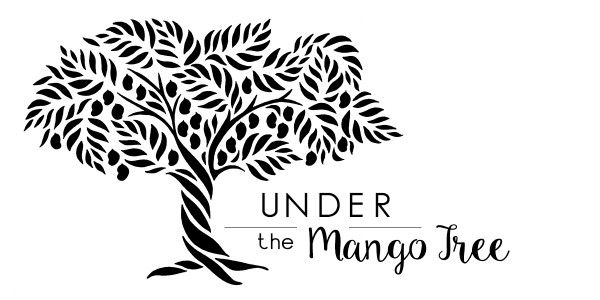
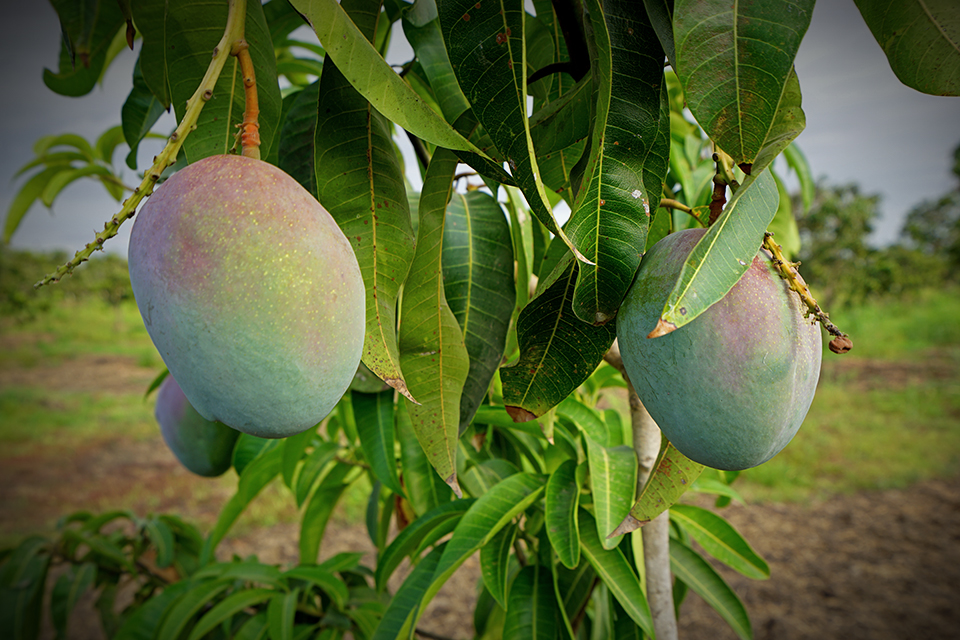





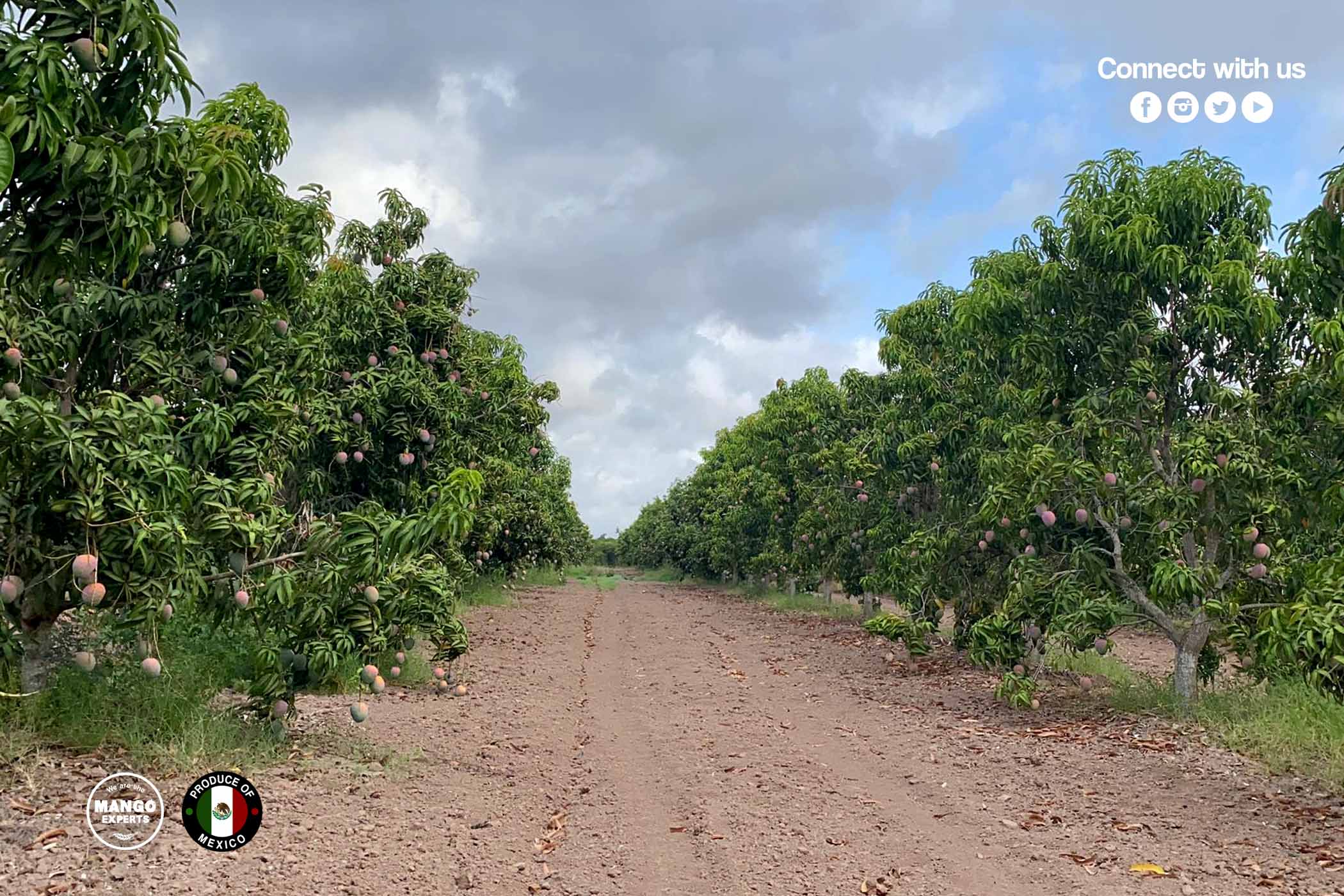


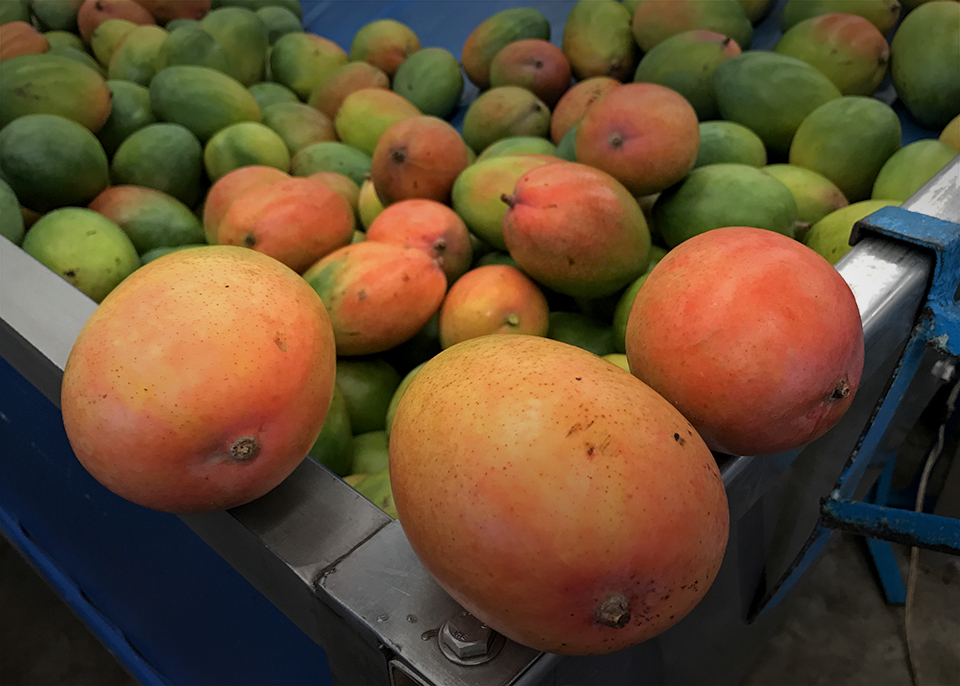
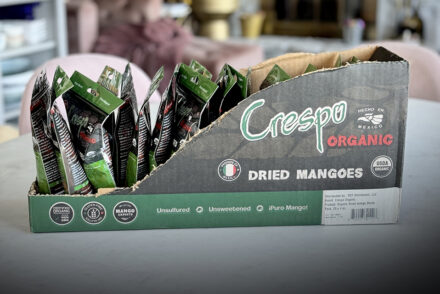





No Comments